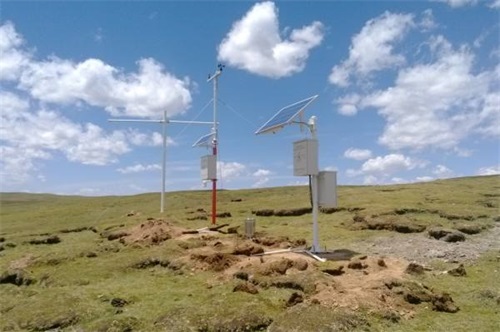1. Program requirements
The ground network of the traditional meteorological information system was built early, with low equipment performance, low line speed, and extended time. It is difficult to meet the requirements for data transmission such as automatic stations, sandstorms, radars, etc., and it is difficult to meet the needs for comprehensive data transmission; satellite network coverage Small, low speed, and unable to communicate directly between small stations, limiting network functions.


The Meteorological Bureau uses meteorological information processing programs to process and analyze the meteorological data collected by various meteorological observation stations, and then forecast short-term rainfall and medium-term precipitation, and submit data to the Flood Control Office through the flood control system to provide flood forecasting and flood control. Provide reliable decision support.
The real-time meteorological monitoring system is suitable for all-weather on-site monitoring of multiple meteorological elements such as wind direction, wind speed, rainfall, temperature, relative humidity, air pressure, solar radiation, soil temperature, soil moisture, etc. The system can automatically collect meteorological monitoring data and transmit it to the meteorological monitoring center server through the GPRS wireless network platform. Staff can learn the real-time meteorological monitoring data of each meteorological monitoring station without leaving home.
2. System Principle
The automatic weather station application system is a meteorological information collection system based on GPRS technology. It consists of a weather collector, PLC logic control, GPRS DTU , and data center (management workstation, database server, web publishing server).
The collector is responsible for collecting various meteorological parameters (temperature, humidity, wind speed, air pressure, etc.) in real time, and then transmits them to the DTU transmission terminal, and collects the data to the server through the GPRS network. The data on the server can be published to Provincial and county-level weather stations.
3. Advantages of the plan
– 2G/3G/4G transmission terminal realizes real-time online, always-on, stable and reliable data transmission
– Built-in GPS positioning system, which can accurately locate and report the location information of the collection point
– Its communication costs are low and the access equipment is removable. The cost of meteorological data transmission and technical services is greatly reduced.
– Remotely observe equipment deployment points to reduce on-site observation situations and improve work efficiency
– Passed the national standard EMC anti-interference test